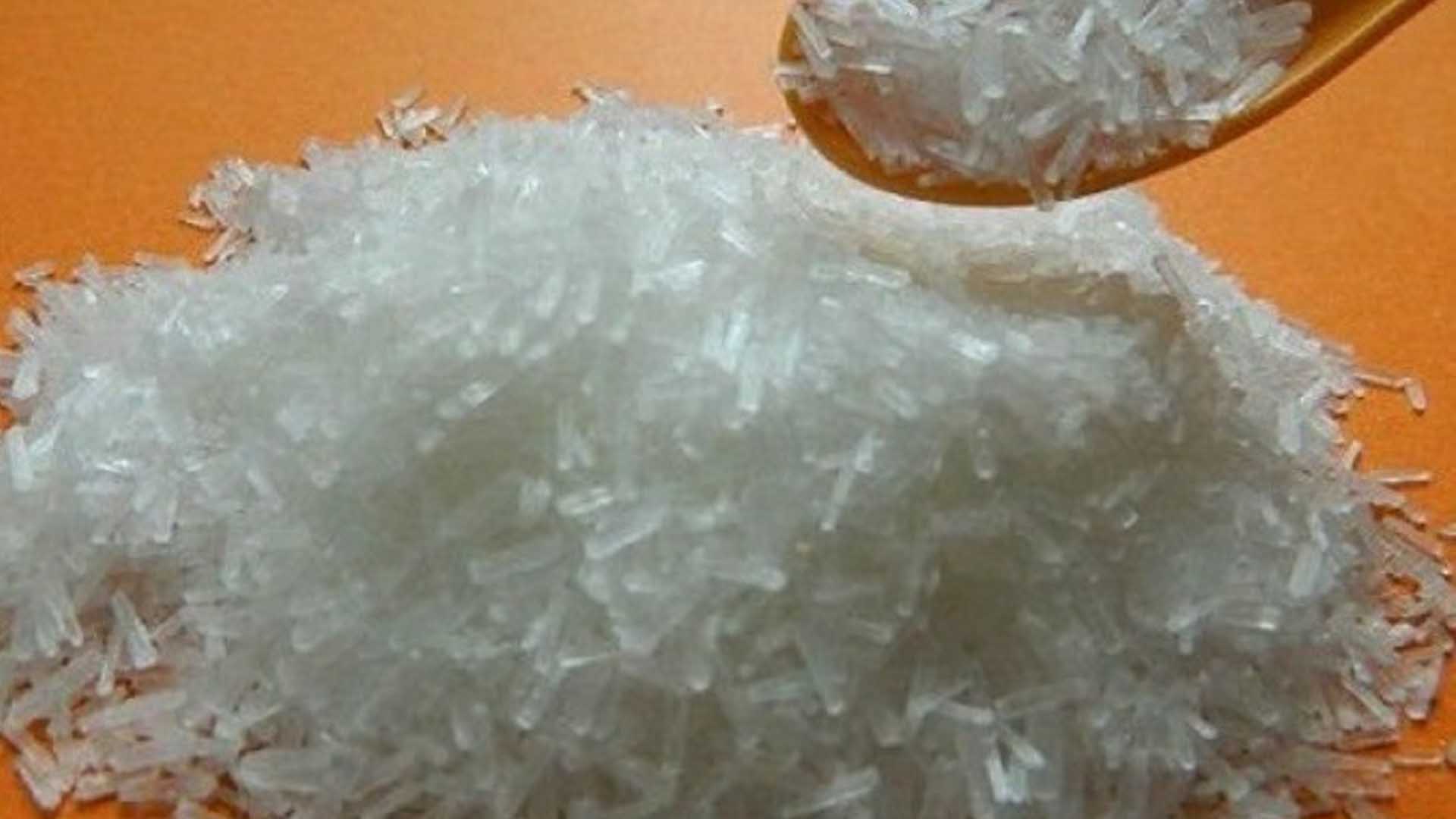Fermentation has been used by humans for at least 10,000 years, primarily as a way to preserve foods and to improve their taste. It’s a 100% natural process that is still used today to make a wide variety of foods including yogurt, kimchi, and soy sauce. And it also happens to be the secret behind producing MSG.
It’s easy to confuse fermentation with food spoiling, because the underlying mechanism is basically the same. To understand the difference, let’s take a look at milk. As you know, if you let milk sit in the refrigerator past its expiration date— or even worse, if you forget to put it in the refrigerator in the first place— the milk turns sour.

That’s a common example of spoiling. But, of course, milk can be turned into healthy, tasty food products such as cheese and yogurt. These are common examples of fermentation. Scientifically speaking, the cause of both spoiling and fermentation is the same: microorganisms.
It wasn’t until the 1850’s that scientists really understood this. Before then, milk turning sour was thought to be a purely chemical reaction. In other words, scientists thought that two chemicals were interacting with each other to form a new product, which is what happens when iron rusts, or when a match is lit. Yogurt and cheese had been made for centuries, but nobody truly understood why milk could be turned into these food products.
It was Louis Pasteur, one of the greatest scientists of modern times, who demonstrated that living microorganisms—in milk, bacteria—caused the changes that occur in milk. (And, of course, this is why milk is now “pasteurized,” a process whereby it is heated to eliminate bacteria and extend its shelf-life.)
Today, fermentation is defined as a process by which microorganisms cause a beneficial change in an organic substrate. Yogurt and cheese are considered to be “fermented” not “spoiled,” because microorganisms are employed deliberately to create a beneficial change in the milk. Bacteria aren’t the only microorganisms used for fermentation. For example, yeast, which is not a bacteria, is used to ferment dough, giving us bread.
The link between fermentation and MSG
In 1909, Dr. Kikunae Ikeda, the inventor of AJI-NO-MOTO®, isolated glutamic acid from kombu, which is a type of seaweed. He recognized that the taste of this substance was neither sweet, sour, salty, nor bitter, so he gave it a new name: “umami.” Dr. Ikeda’s discovery led to the development of MSG, which would bring “umami” to peoples’ tables as a food seasoning.
But producing MSG on a large scale was challenging, which is a problem faced by many great discoveries. For years, MSG was produced through the “extraction method,” which uses wheat protein extracted from gluten. But this process was inefficient, difficult to perform on a large scale, and hard to reproduce reliably in factories outside of Japan.
Fortunately, in the 1960’s, the bacteria responsible for creating glutamic acid was discovered, and fermentation became the primary production method of MSG. Importantly, this made it possible to produce MSG in Southeast Asia, South America, Europe, and North America. Soon, the entire world had “umami” on the table.








